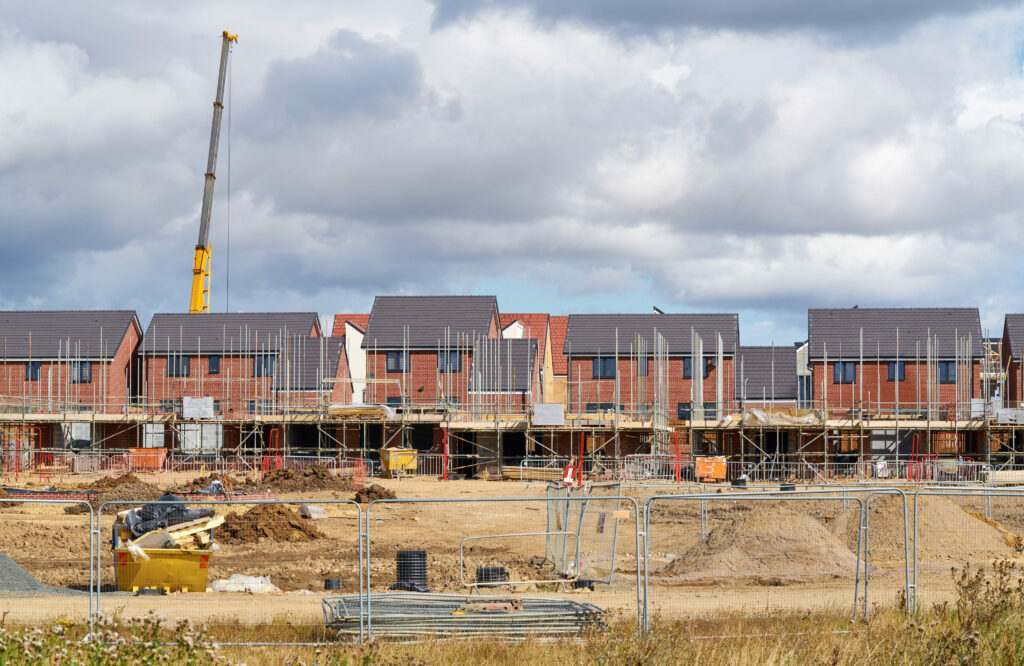A coalition of key stakeholders who are backing an initiative to standardize and streamline the development application process in Ontario has now reached critical mass and continues to grow.
More than 20 public and private sector organizations are now on board with the ambitious initiative, known as One Ontario. In recent weeks, the number of supporting organizations has grown substantially, with many more showing significant interest in joining the coalition in leadership roles as sponsors, or even as supporters.
The Residential Construction Council of Ontario, Ontario Building Officials Association and AECO Innovation Lab provided the initial funding and significant resources to establish the initiative. Many other organizations have also joined, including the Toronto BIM Community, Ontario Professional Planners Institute, Ontario Home Builders’ Association, Building Industry and Land Development Association, Ontario General Contractors Association, and the cities of Toronto and Windsor.
The goal of the initiative is to achieve efficiency and transparency through the development approval process.
The venture will develop guidelines for harmonized data and information exchange standards that will set the stage for a fully digitized and harmonized framework that could be adopted by all municipalities in Ontario and speed up the fragmented development approvals process.
Such a system would improve regulatory compliance and delays and increase government tax revenues as a result of projects moving along quicker.
Connecting e-permitting systems vital to automating application submissions with the rest of the development approvals process would set the stage for central review and aggregated data capabilities.
Ultimately, this will enable key stakeholders to have transparency across the entire development approval process, and to leverage data to identify bottlenecks and enable continuous improvement.
One Ontario will provide a framework for implementation of best practices such as establishing a BIM standard to enable code-compliance checking and related applications.
This is the perfect time for innovation, modernization and digitization. With the lack of housing in Ontario—we’re under-producing by roughly in Ontario—we must find ways to do things better.
Because of COVID-19, many municipalities have moved to online and digital technology. It is time to keep the yardsticks moving and improve the approvals system.
Presently, the industry coalition is putting forward an application for funding to the Ontario government through the Ontario Onwards Acceleration Fund. The initiative is a good fit for funding, as it will pave the way for digitization of the permitting process and make it more efficient.
The development approvals process is complex, often requiring the involvement of multiple applicable law agencies and other organizations. We need a strategic approach to maximize efficiencies and break down data silos to harness the full benefits of an integrated province-wide approach.
Slow and unpredictable development approval processes are main reasons Canada is facing a housing crisis, and e-permitting offers a solution. The only way to successfully improve the approval processes is to digitize them.
It’s taking longer and longer to issue permits and build homes. Data shows that to obtain site plan approval from the City of Toronto, for example, it takes 180 days and costs $31,042.
There are also 45 different elements and decision-makers involved in a typical condo development proposal. The housing production line needs to be streamlined to keep projects moving forward and meet government timelines.
Going digital, meanwhile, will help expose any weaknesses in the production line and enable us to improve the process, create consistencies, and become more efficient by combining elements into one step.
If the development approvals process was reduced by six months, over a five-year period 33,100 more homes could be built and 80,400 more people could be housed, according to a report done for RESCON by the Canadian Centre for Economic Analysis.
The COVID-19 pandemic has pushed governments and municipalities to embrace digital initiatives and new ways of doing business. The One Ontario initiative is an opportunity to pave the way for a strategic province-wide solution that serves as an example for the rest of Canada.
Richard Lyall, president of RESCON, has represented the building industry in Ontario since 1991. Contact him at media@rescon.com.










